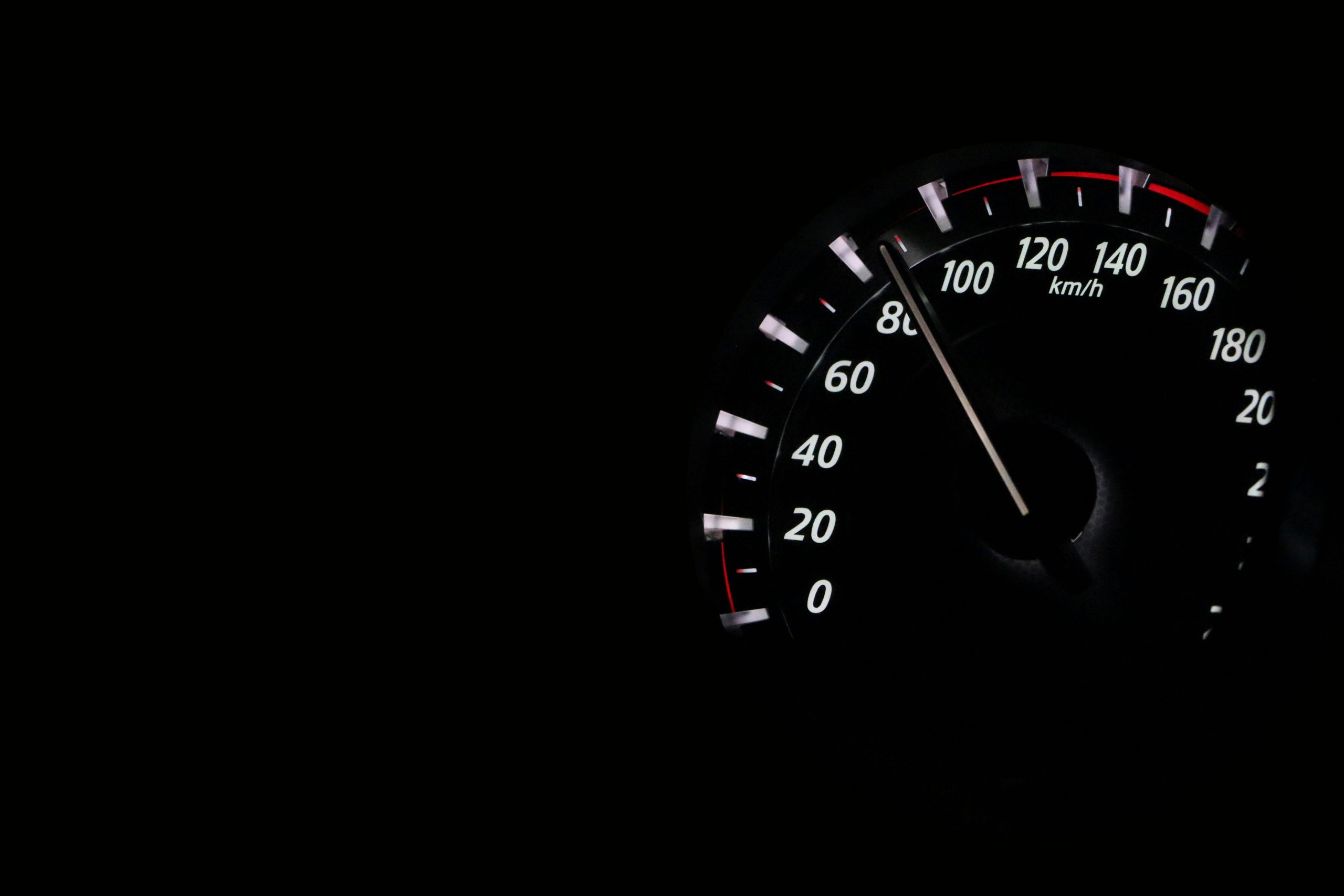WordPress is a powerful platform, but without proper optimization, your site can become slow and inefficient. A fast, well-optimized website improves user experience, SEO rankings, and conversion rates. Below, I’ll walk you through the best technical practices to optimize WordPress for top performance.
1. Choose the Right Hosting
The foundation of a fast WordPress site starts with reliable hosting. Avoid shared hosting for high-traffic sites and consider the following options:
- Managed WordPress Hosting: Providers like Kinsta, WP Engine, or SiteGround offer optimized environments for WordPress.
- Cloud Hosting: Services like AWS, Google Cloud, or DigitalOcean provide scalable, customizable solutions.
2. Use a Lightweight Theme
Not all themes are created equal. Heavy themes with bloated code can significantly slow down your site. Choose lightweight and performance-oriented themes like:
- GeneratePress
- Astra
- Neve
These themes are optimized for speed and provide just the right amount of features.
3. Optimize Your Images
Images often make up a large portion of a website’s file size. Optimize them without losing quality using these tools:
- Plugins: Smush, ShortPixel, or Imagify.
- Formats: Use modern formats like WebP, which are smaller and faster to load than traditional formats like JPEG and PNG.
4. Use a Caching Plugin
Caching reduces the time it takes for your server to generate a page by serving a saved version of it. Popular WordPress caching plugins include:
- WP Rocket (premium, user-friendly)
- W3 Total Cache (free, feature-rich)
- LiteSpeed Cache (great for LiteSpeed servers)
5. Minify CSS, JavaScript, and HTML
Minification removes unnecessary characters from your code (like spaces and comments), reducing file size and speeding up loading times. Use plugins like:
- Autoptimize
- Asset CleanUp
- Fast Velocity Minify
6. Use a Content Delivery Network (CDN)
A CDN stores copies of your site’s assets on servers worldwide, delivering them from the closest server to your users. This reduces latency and speeds up load times. Popular CDN providers include:
- Cloudflare (free plan available)
- BunnyCDN
- StackPath
7. Optimize Your Database
Over time, your database accumulates overhead, such as post revisions, transients, and spam comments. Regular cleanup improves performance. Tools to use:
- WP-Optimize
- Advanced Database Cleaner
Pro tip: Always back up your database before running optimizations.
8. Update WordPress, Plugins, and Themes
Outdated software can slow down your site and introduce security vulnerabilities. Regular updates ensure that you’re running the latest, optimized code. Use a staging environment to test updates before applying them to your live site.
9. Disable Unnecessary Plugins
Every plugin adds weight to your site. Deactivate and delete plugins you’re not using. For essential functionality, consider combining features into a single plugin where possible.
10. Use Lazy Loading
Lazy loading delays the loading of images and iframes until they are needed. This reduces the initial load time of your page. WordPress 5.5 and later includes native lazy loading, or you can use plugins like Lazy Load by WP Rocket.
11. Limit External Scripts
External scripts like Google Fonts, social sharing buttons, or embedded videos can slow down your site. Reduce their impact by:
- Hosting Google Fonts locally.
- Using lightweight alternatives for social sharing.
- Embedding only necessary videos and using lazy load for them.
12. Monitor Performance
Use performance testing tools to regularly monitor your site’s speed and identify bottlenecks:
- Google PageSpeed Insights: Analyze and receive suggestions for improvements.
- GTmetrix: Provides detailed insights into your site’s speed.
- Pingdom Tools: Great for real-time monitoring.
13. Advanced Techniques
For developers or advanced users, consider these techniques:
- PHP Version: Ensure you’re running the latest version of PHP supported by WordPress.
- Object Caching: Use Redis or Memcached for dynamic content caching.
- Remove Render-Blocking Resources: Optimize critical CSS and defer non-essential JavaScript.
Conclusion
Optimizing WordPress is not a one-time task—it requires regular monitoring and tweaking. By following these steps, you’ll ensure your site runs at peak performance, delighting users and search engines alike.
Have questions or need help implementing these tips? Reach out, and let’s make your WordPress site lightning-fast!
